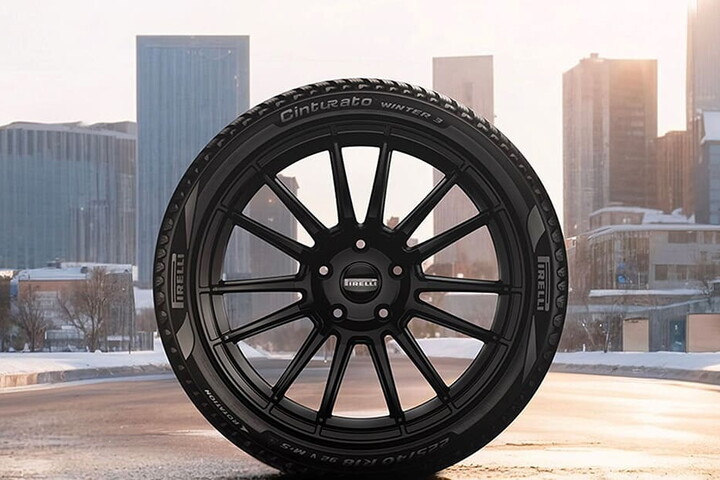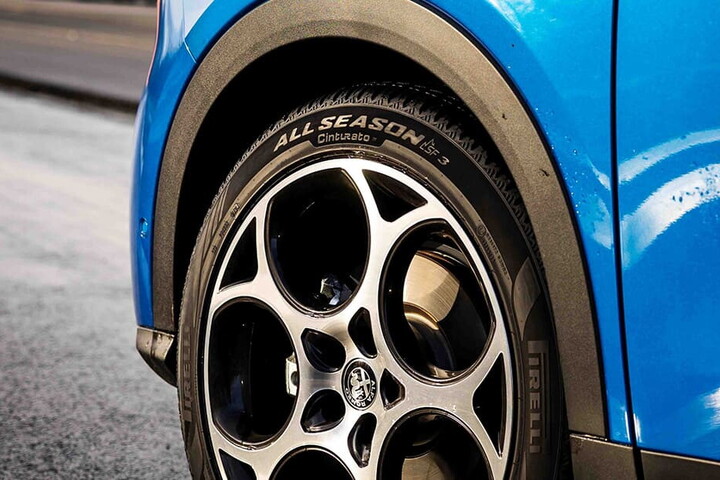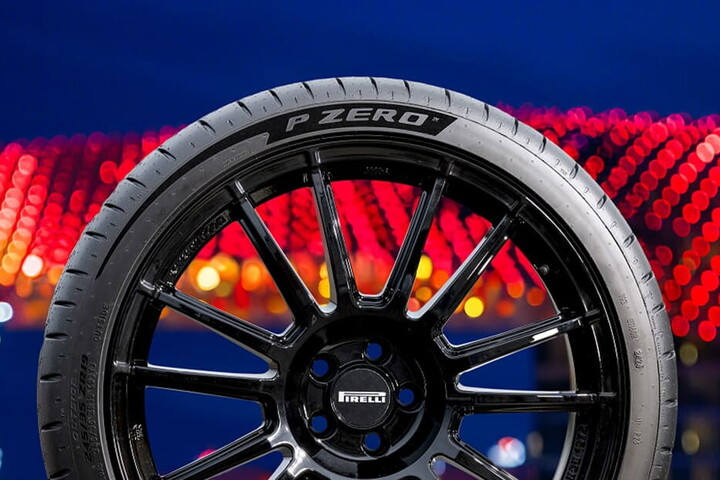195/65 R 15 91H. So where's the big deal? At first sight it looks like the abstruse formula for a new chemical material out of science fiction and yet... And yet, it is the tyre's identity card, a lot simpler to interpret than you think and easy to find: it is on the side of every tyre.. And being able to understand the information it provides is much more important than a driver can might imagine. These codes, in fact, contain the basic characteristics of each tyre and knowing how to read them is the first step towards making a conscious choice when you go to the tyre dealer to change a tyre and knowing how to understand the information that the dealer, specialist websites and the manufacturers give us.

But why is it so important to read a tyre? Let's take a step back: Tyres are one of the essential components of a motor vehicle. They are, in fact, the sole element in the entire structure that has direct contact with the road surface. This in itself would be enough tomake us understand how much they practically influence every aspect of life in the car. Benefits in terms of fuel consumption, without forgetting comfort and safety. We can also install all the safety systems that technology can offer, but if the tyres are of poor quality, it will all be useless and dangerous. Or more simply, reducing our comfort and impoverishing our wallets.
In guiding us in our choice, this formula engraved on the tyre wall gives us a an initial guide, because a single glance tells us the measurements, speed index, load capacity, efficiency and details about resistance in cold conditions or braking and performance on poor adherence surfaces for any tyre. Integrated information of other symbols and letters which give us information about consumption, noise, handling in the wet and for what seasons they are recommended.
The tyre speaks in code: here is how to interpret what it says Reading the tyre measurements may not be immediately obvious to someone who is not very practical. We shall therefore analyse it in detail to discover what 195/65 R 15 91H means.
195 - This is the maximum width of the tyre, under conditions in which the vehicle is fully loaded, and in our example as you may have guessed, this comes to a maximum of 195 mm.
65 - Represents the ratio between the width and height of the tyre from the rim. In our example it means that the height of the tyre is precisely 65% of the figure of 195 mm referred to above. The lower this ratio (in this case we are talking about a low profile tyre) the more the road holding improves but at the expense of comfort. It is no coincidence that super cars always tend to "dress up" low profile tyres compared to normal road tyres. It's good to consider this percentage if you need to buy a Lamborghini or a Ferrari.
R – Refers to the method the tyre is produced. The letter "R" is found virtually always on modern cars where it indicates a radial structure with steel wires. The “D” or diagonal structure has now been abandoned and essentially it is only to be found on vintage or special series cars.
15 – This is the diameter of the rim. This is one of the basic measurements that you have to remember because it is especially the measurement of the rims (whether in metal or alloy) that has to correspond exactly to what is shown in the in the car manual.
91 – This is the load index, or the maximum carrying capacity of each individual tyre (provided that the inflation pressure is correct). In our case we have a capacity of a little under 500 kg. The weight that a rear tyre can handle is indicated in pounds.
H – Finally we have the speed index. As may easily be guessed, this is an indication of the maximum speed for which a given tyre has been designed. It is indicated by a letter of the alphabet, which refers to a table that is common to all manufacturers. Each letter corresponds to a certain maximum speed. It starts from letter "A", the only one which is broken down with numbers (A1, A2, A3, etc.) and which allows speeds of between 5 to 40 km/h. As you might imagine, on normal cars it is difficult to find tyres with such low limits. The table continues in a progressive manner with increases of 10 km/h until it arrives at a maximum of 300 km/h, indicated by the letter "Y" (for higher speeds, specially made types should be used) In our example, the letter "H" indicates a maximum speed of 210 km/h (the code also expresses the mph).
Instructions for use: the car manual How can you find out what type of tyres can be used on your own car? In this case you are assisted by the car manual, which we know more colloquially as the "manual". The various information presented also gives measurements which are compatible with your own vehicle, both as regards the dimensions of the wheel rim as well as tyre width and height. The general advice is always to comply with these measurements, though it is now possible to get authorisation for even more demanding sizes. It is, however, an extra procedure that requires a good deal of red tape and sometimes even a lot of expense, not to mention that compliance with the instructions ensures considerable additional safety, both for drivers and passengers.
The code on the sidewall tyre contains measurements in both inches and millimetres and, obviously, the right size of the wheels depends on the vehicles on which they must be fit.
Here are some tips to help you choose the best size wheel if you have to change it or repair it:
Before changing the tyre of your car, it's better to take a look at the codes which are already written on the current sidewall;
Another letter you can find in your sidewall tyre code is D, if the tyre is bias-constructed. This means that the plies used for the tyres are crisscrossed. New standard tyres are built with a radial structure;
The speed rating is very important since it tells you how fast you can drive in total safety. If a tyre has a high-speed rating, it means that the car can manage a higher speed on tread very well;
Remember that the wheel diameter must be the same as the one shown in the car manual.
The tyres required very little maintenance thanks to the high quality of materials and products employed. This guarantees the safety of the tyres, preventing air from escaping, and guaranteeing high performance with every kind of tread.




